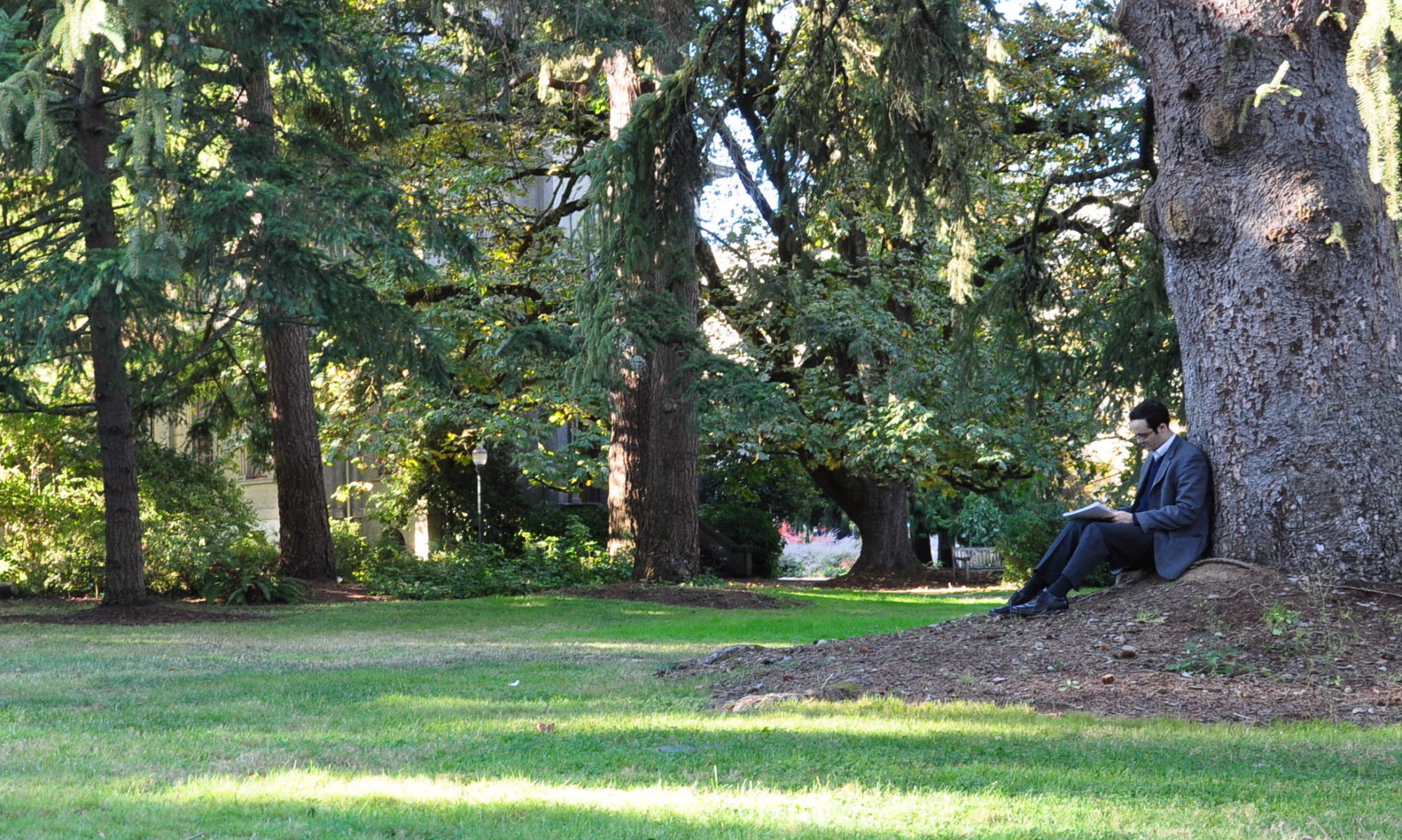Opera: On the Wings of Poesy (2015)
This hour-long chamber opera was my masters thesis at the Frost School of Music at University of Miami and is a particularly personal work. The libretto, written in collaboration with my brother Gabriel, explores the what-if scenario of a man who claims to be poet John Keats arriving in the contemporary era. How would the poetry of an artist from a different time be received? How would the unlikely claim of his identity be received? This scenario provides a clear occasion for a Classical/Romantic musical style, but it also allows me to explore why I compose the way I do – Keats finds his work dismissed as outmoded, as my music often has been.
In the opera, a professor of English, discouraged from writing poetry by its dismissal as old-fashioned imitation, runs into Keats, or perhaps a young man who simply thinks he is Keats. He inspires her to write again, and it is left to the listener to decide – is the man mad or impossible? The libretto includes many recitations of Keats’ original poems and settings of new poems in the style of Keats’ work. These poems are set as extended formal arias a la Mozart. The intervening material have a freer Romantic style, in which the orchestra plays the main melodies while the voices weave around them in a more speech like manner.
There are five musical motives that recur throughout the opera. The first two are presented in the prelude: a rushing, impetuous figure, is heard at the outset, and a lilting love-song associated with truth and beauty and the divine. The third motive, briefly suggested in the overture and used prominently in the dialogues between the characters, is a tender winding melody, evocative of the bond that forms between the characters. The fourth motive, characterized by a driving, syncopated rhythm, appears frequently to underscore the dramatic tension. The fifth motive is a sigh-like melody that is sequenced downward, evoking the character’s pasts with a sense of nostalgia.
